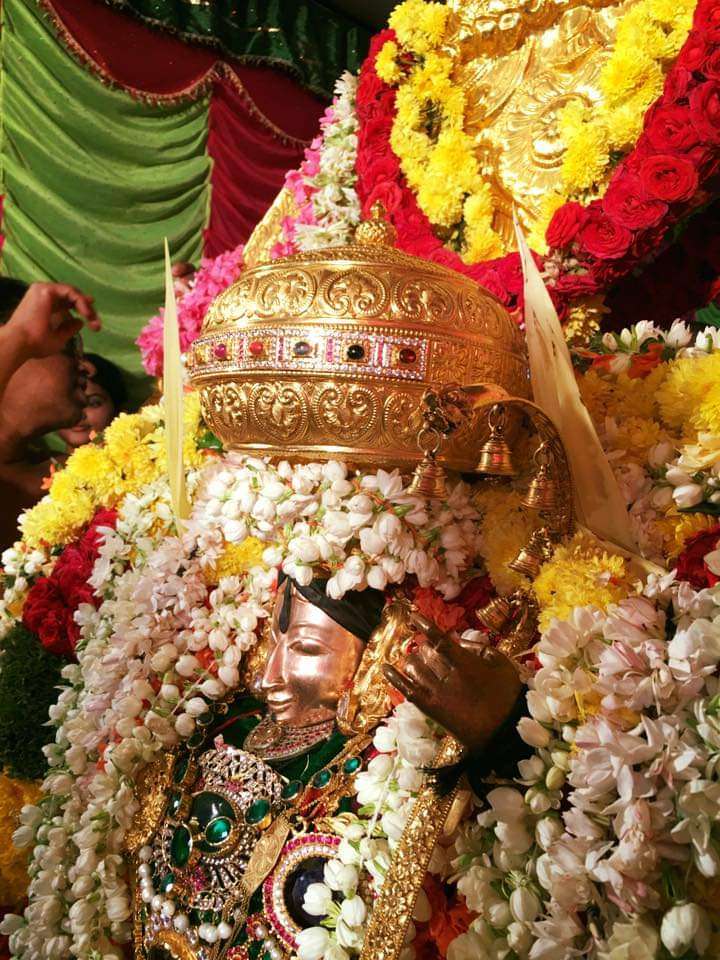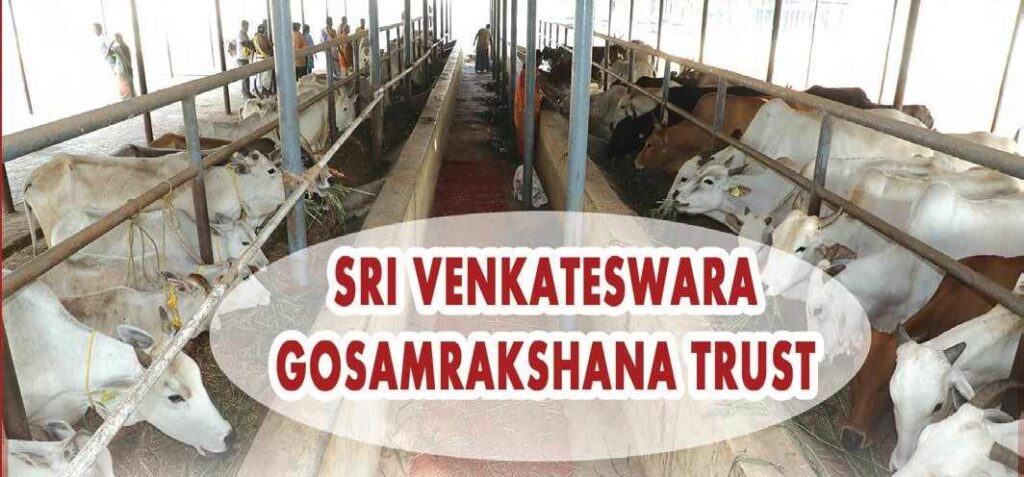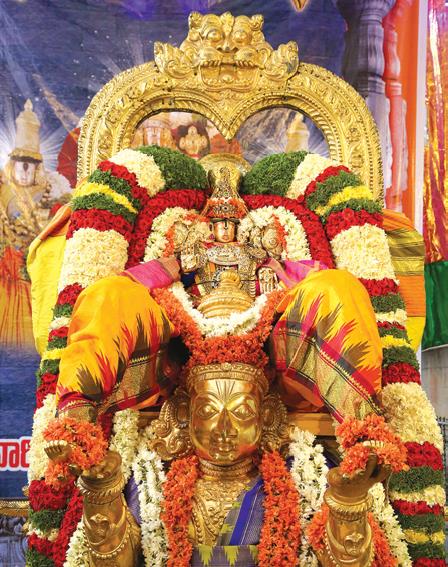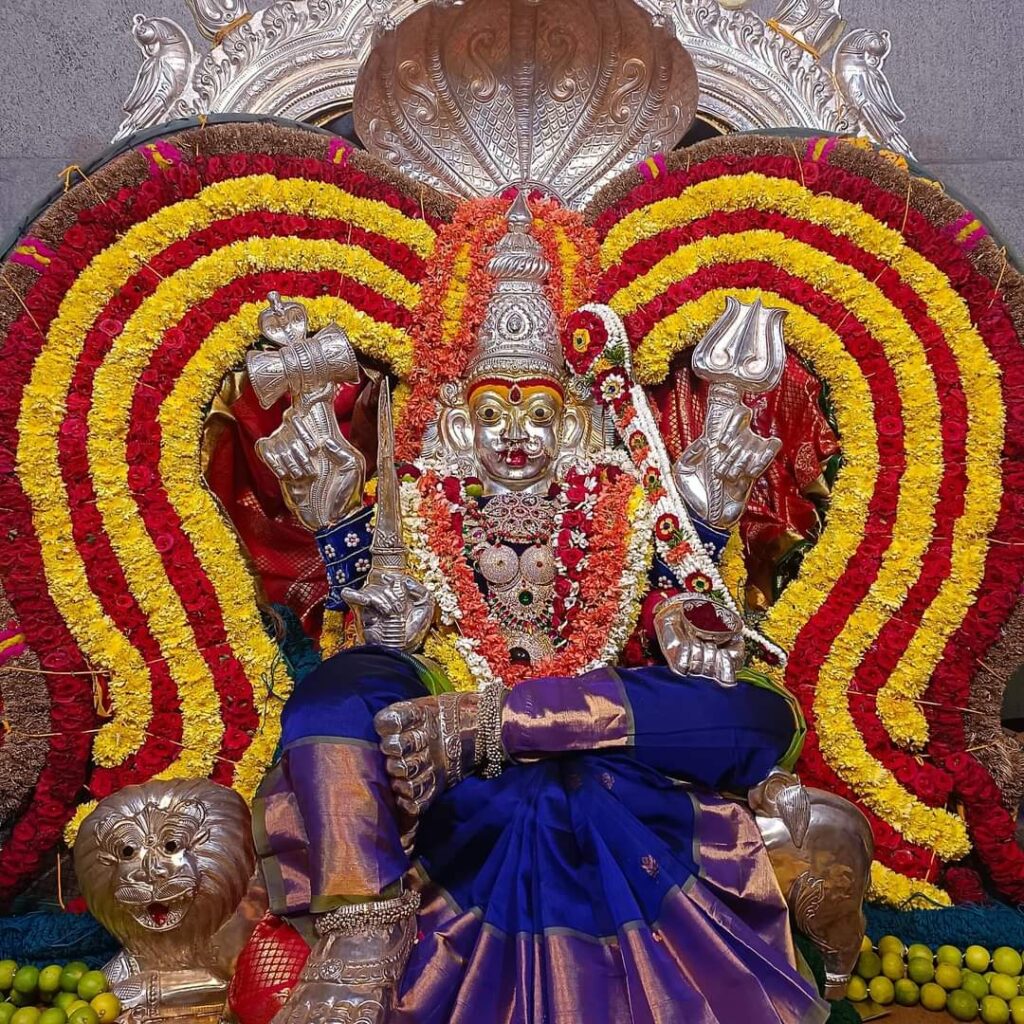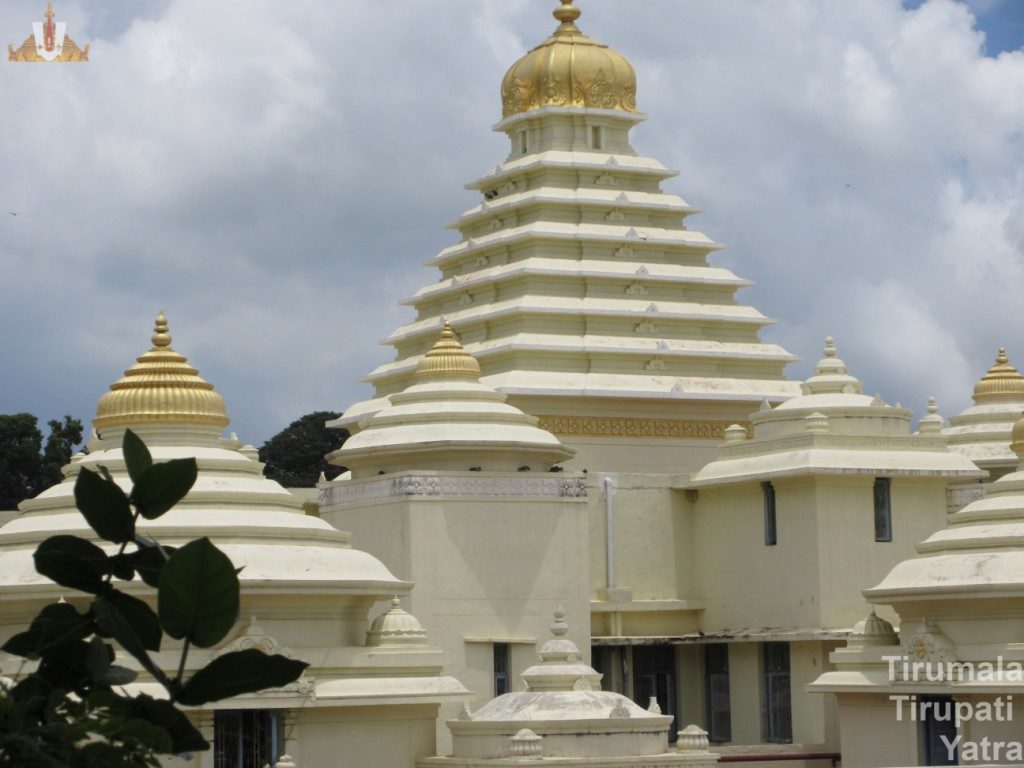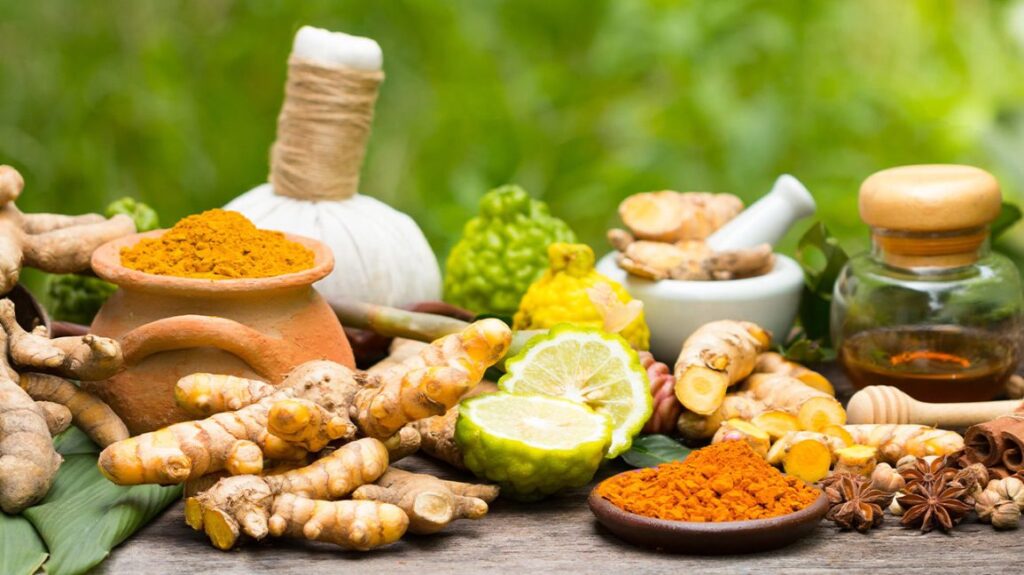Sikyotsavam or Utlotsavam Sikyotsavam, Utlotsavam, or Uriyadi festival is celebrated with full gaiety and religious fervour in Tirumala and Tirupati every year. This Historical festival is celebrated, and many devotees participate to observe the event. Lord Venkateswara’s Temple is known for many festivals throughout the year and it is called ‘Nitya Kalyanam Pacchatoranam’. Lord Venkateswara Read More
Tag: tirupati
Tirupati is a city in the Indian state of Andhra Pradesh. It is the administrative headquarters of the Tirupati district
Purisai Garden Ceremony – Tiruvaadippooram Shaattumurai
Purisai Garden Ceremony On the day of Tiruvaadipuram Shaattumurai itself, Lord Venkateswara goes to Purisai Garden. On the evening of the day of Poorvaphalguni star in Kataka month, Sri Malayappa Swamy goes to Purisai Garden in a wooden Tiruchi in a wider circumambulation. There, different preparations are distributed to the devotees after offering them to Read More
Significance of Sanctum Sanctorum (Garbhalayam)
Sanctum Sanctorum (Garbhalayam) The Sanctum Sanctorum ‘Garbhalayam’ is a place of God’s presence. It is a holy place, sacred, spiritualised with Vedic Mantras Vibration. The Vibration inside the Sanctum Sanctorum is more effective and spreads unseen rays of God’s mercy. The sacramental vibration kindles the inner nerve of the human body to invigorate spiritual communion Read More
Sri Maremma Thalli, Chenga Reddy Palli
Sri Maremma Thalli – Chenga Reddy Palli Chenga Reddy Palli is a very ancient village in Renigunta Mandalam of Chittoor District in Rayalaseema. One kilometre from Renigunta on the road to Kadapa, to the east of the road is the village. Sri Maremma in this village is a goddess of infinite powers, fulfilling the prayers Read More
Sri Venkateswara Gosamrakshana Trust
Sri Venkateswara Gosamrakshana Trust Sri Venkateswara Gosamrakshana Trust is yet another forum that plays a very important role in the protection of cows, which is of paramount importance in Hindu Dharma. The TTD has established a dairy farm called ‘Sri Venkateswara Gosamrakshanasala’ in Tirupati in the year 1956 and formed the trust in 2002 to Read More
Sri Govindaraja Swamy Brahmotsavams 2024
Sri Govindaraja Swamy Brahmotsavams Sri Govindarajaswamy vari temple is the biggest temple in Tirupati, with three majestic towers [gopuras]. This temple is situated at the foot of the Tirumala Hills. The Vaishnava preceptor, Sri Ramanuja founded Govindaraja Swamy temple and started a small settlement around it and named it Tirupati. TIRUPATI SRI GOVINDARAJASWAMIVARI BRAHMOTSAVAMS MAY Read More
Glory of Tirupati Gangamma Jatara
Tirupati Gangamma Jatara The “Tathaiyagunta Gangamma Jatara” is one of the festivals celebrated in the mythologically significant, historically popular city of Tirupati, A.P. The main reason for the popularity of this jatara is that Gangamma is believed to be the younger sister of Tirumala Venkateswara Swamy. During the days of jatara organized by the authorities Read More
Nityannadanam by TTD
Nityannadanam by TTD In 2006, the then Chairman of the T.T.D. Trust Board provided the facility of offering Srivari ‘annaprasadam’ to all the devotees who came to Tirumala irrespective of the ‘Darshan’ of Srivaru. Later, the TTD started a new building complex for ‘Nityannadanam’. At that time, Matrusri Tharigonda Vengamamba, a devout devotee generously used Read More
Sri Venkateswara Museum (TTD Museum), Tirumala
Sri Venkateswara Museum – Tirumala TTD Museum / Sri Venkateswara Museum was inaugurated on December 26th, 1980 in Thousand Pillars Mandapam by Dr Neelam Sanjeev Reddy, the president of India. Later it was shifted to a newly constructed building with architectural elements beside Narayanagiri Gardens on 27th September 1999 and was opened by Chief Minister Read More
TTD – Sri Venkateswara Ayurvedic Hospital, Tirupati
Sri Venkateswara Ayurvedic Hospital / SV Ayurveda Hospital Dhanvantari Dhanvantari, an incarnation of Lord Vishnu, the immanent divine consciousness, represents the divine healer in the tradition of Ayurveda. Lord Dhanvantari considered the God of Ayurvedic medicine is believed to have emerged from the sea during Samudra mathan, holding a pot of Amrit in one hand Read More
